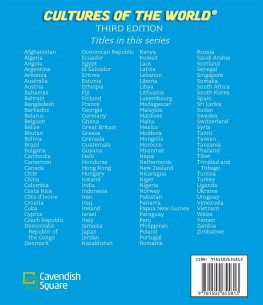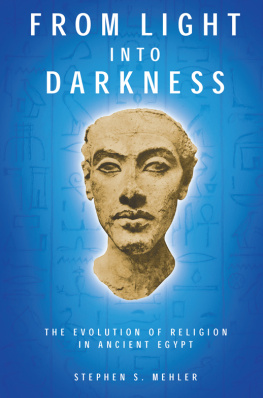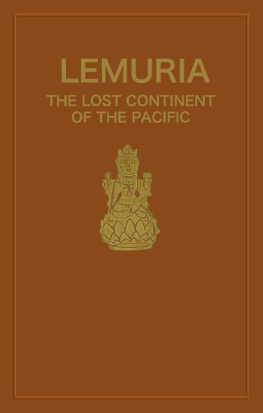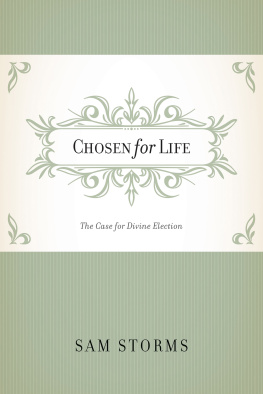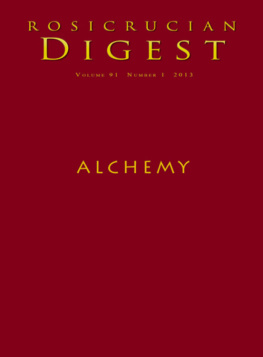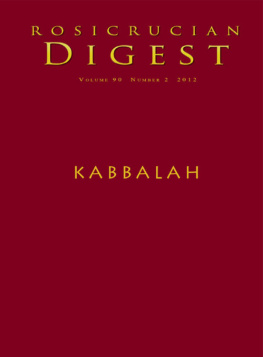Chapter 1
Preface Leading toward the Journey
I would like to take the opportunity to introduce myself before we travel this unique journey together. I am Mervyn C. Richardson. I was born on the twin island nation, the Democratic Republic of Trinidad and Tobago, in the Caribbean. I have five siblings, three of whom have made their transition to the greater life. At the age of three, I was infected with infantile paralysis, better known today as poliomyelitis; and out of six children, I was the only one infected with the virus. Fortunately, for me, with my fathers divine wisdom, he wrapped my leg and convinced the medical authorities that I fell and sprained my ankle. As such, I was able to remain at home and was treated by him.
It was an epidemic in the country, and the medical authorities came around and took the infected children to the hospital and placed them on beds without treatment. However, my fatherAugustus Richardson, whose nickname, Comansee, maybe has some mystical meaning to itwent to the drug store and purchased some ingredients to make up a rubbing liniment for my polio-stricken leg. I was able to walk on my own after nine days with that treatment, and I have never experience any pain or other effect, except that the polio leg is not fully developed as my other leg; but I am still walking for the past eighty-plus years without any walking aid. What a wonderful blessing. My father was a divinely guided psychic and mystic, as he was created to be.
I am very grateful for the action he took by listening to that still small voice withinthe God of his heart. As such, I am able to walk today with a slight limp. I believe that his action was divinely guided. All I could say is, our radiant God, oh! Giver of Life, thank you, God our Father and my earthly father, Pa Rich, for his wisdom to restore mobility to my polio leg. He was known in the community as Pa Rich, the exceptional healer.
I cannot tell you the name of the different ingredients he purchased from the drug store. The druggist sold my father all that he needed to create the wonderful liniment. The only thing I remembered is it burned to the point that it made me cry. I used the term drug store because those druggists Mr. Johnson, Mr. Mitchell, and Mr. Edwards acted as doctors in the community at that time. Also, I worked a number years for Mr. Edwards as his assistant during school holidays because he was a member of my family. The druggist took care of all basic medical needs in the community such as a high temperature, a cold, or the flu. They would make up all the compounds for any ailment one may have, and those medicines worked very well to restore perfect health and wellness for the individuals.
Of all the children who went to the hospital, they all have to use some type of walking aid today. I do not, because I was treated at home and enjoying this wonderful life today without walking aid. I shall always be grateful to God and my biological father for being receptive to that still small invisible voice within and following its divine guidance to treat me at home. I believed by listening to that still small voice within, he did what he had to be done in the moment. I mentioned before that the children were placed on hospital beds without any treatment. That was no fault of the medical staff, since there was no treatment available at the time to treat the outbreak of the polio virus. Unfortunately, all those children have some form of atrophied limbs today.
In my opening, I mentioned I was born in Trinidad and Tobago, which consists of groups of smaller islands such as Chacahacare, Monos, Huevos, Little Tobago, and St. Giles Island, just to name a few. Trinidad and Tobago are the two southernmost islands in the Caribbean. Trinidad is approximately seven miles (eleven kilometers) off the northeast coast as well as the southeast coast off Venezuela. The country is well-known as the land of the steelpan. The steelpan is the only percussion instrument invented in the twentieth century by means of the transformation of a fifty-five-gallon steel drum. It was develop in the late 1930s and early 1940s as a new way of making music.
The genesis of the steelpan started with metal trashcans as the rudimentary stage. Then the next stage was a metal biscuit drum about two feet tall and one and one-half feet (eighteen inches) in diameter, which was really a container for crackers, but under British rule, it was called biscuit. The bakery would deliver those drums to the grocery stores, with crackers to be sold individually depending how many the shopper needed. With those drums, the young men were able to use the bottom surface to create limited number of notes. Keep in mind that as their consciousness was lifting to a higher level, they were on the path to create the steelpan; it was in its development stage. Finally, the fifty-five-gallon oil steel drums were available, and with the steel drums, their consciousness evolved to create the steelpan into physical form. I have described the process in the following verses.
The process of creating the instrument was very difficult under the circumstances. First, the young men acquired the steel drums on many occasions by stealing them, or illegally. Otherwise, they acquire them from the oil refinery. Then they would cut the drums using a large steel knife that looks like a machete and a hammer to cut the desired skirt that looks like a tub illustrated on the following pages. The tub-looking pan was heated by an open wood fire and then hammered to create a concave surface. The next step was to create a nipple convex segment on the concave surface. Thats how the notes were formed. A hammer and a blunt piece of metal were used to strike the surface of the notes while listening to the different sound emitted at the points of indentation on the concave surface where the notes were formed. The instruments were then tuned by skilled panmen by the means of listening to the sound when the steelpan notes were struck with a nine-inch rubber-covered piece of wooden stick at one end. It seems simple watching those who worked on the pans, but I can tell you it was not easy; it was hard work and dedication on their part to create the instrument.
Likewise, on the spiritual path, it is simple to pray to God for things material but not easy to achieve your desire. You have to work first on your consciousness to connect to the divine source and supply by daily practice of divine wholeness, prayer, and meditation. Thats the source of the all-knowing, the all-powerful, and the ever-present God. If one could ask the young men from that period in our history of the process, they would have probably told you it was simple, but it was not easy to create the instrument. Only when they tapped into their God-given creativity it became easier for them to accomplish the task. Unfortunately, they were not accepted socially at that time in our history due to British colonialism and the wealthy citizens. In spite of that, they kept their focus and vision on crating the steelpan.
Trinidad and Tobago is also known worldwide as the land of Calypso, soca music, and beautiful carnival costumes. The young men who invented the instruments had a visiona vision to be creative to acquire greatness in their lives and the lives of others in the country. I mentioned before, in spite of the rejection, they continued on their quest to discover their God-given creativity. They had the faith in God and believed in themselves to be in oneness with him to develop the only percussion instrument in the twentieth century.
I would like you to close your eyes and visualize a cluster of empty inanimate steel oil drums stored in a yard. They would sit there for a very long period providing they were not removed. Eventually, they will sit there until they become corroded and crumble out of existence. Fortunately, that did not happen, because of those young men who had a vision. They were able to acquire those inanimate steel oil drums. Their vision was a process of transformation to bring the steel drums alive. As such, those steel drums were transformed into percussion instrumentssteelpans. So from a fifty-five-gallon steel drum and the creativity of those young men was the birth of the steelpan.


